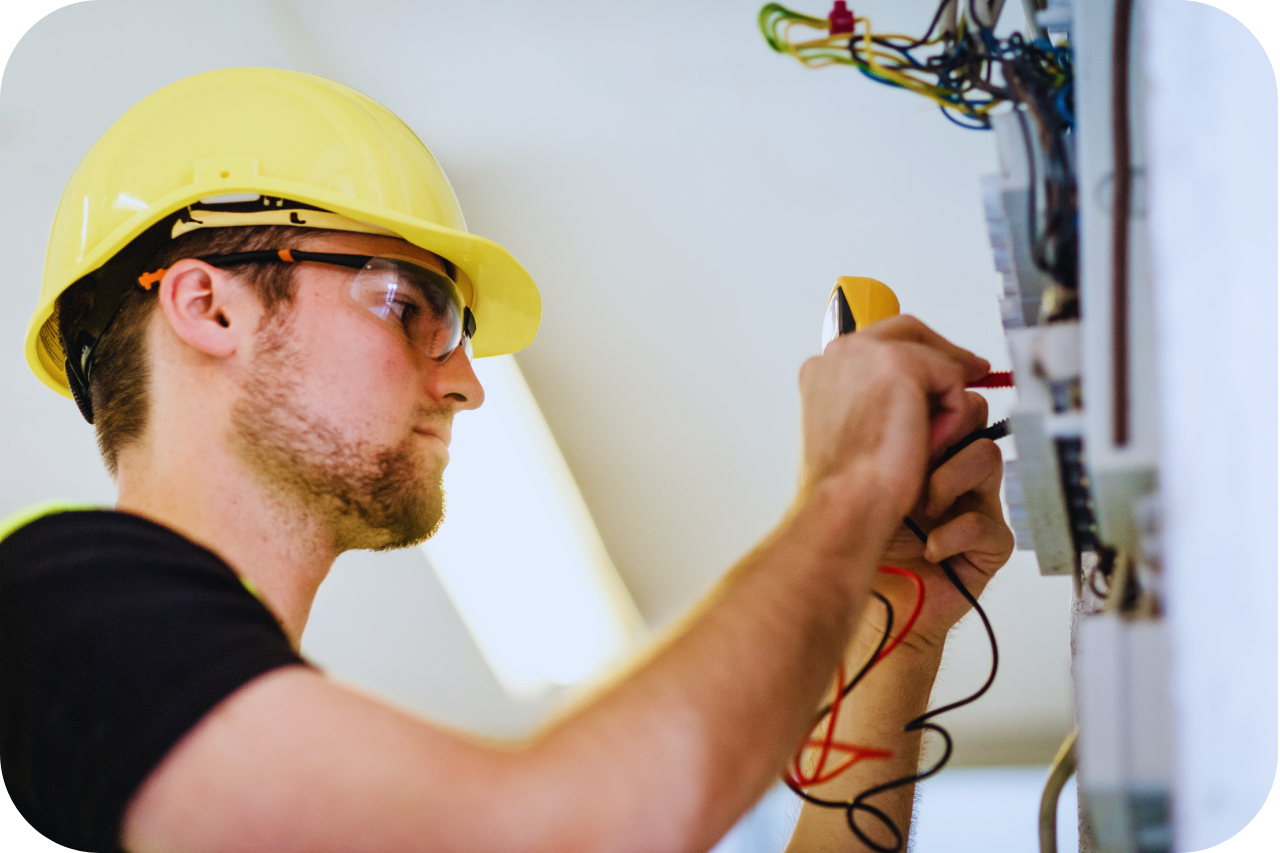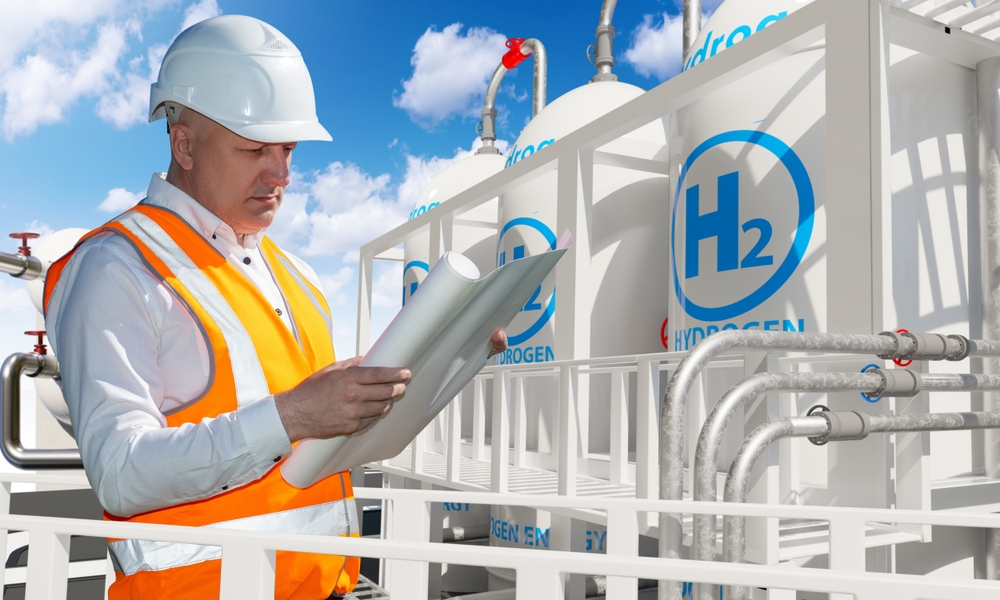Get This Report about Roar Solutions
Get This Report about Roar Solutions
Blog Article
Roar Solutions Can Be Fun For Anyone
Table of ContentsFascination About Roar SolutionsRoar Solutions Fundamentals ExplainedThe Greatest Guide To Roar Solutions
In order to secure setups from a prospective explosion a technique of analysing and categorizing a possibly hazardous location is needed. The purpose of this is to make sure the appropriate choice and installment of equipment to ultimately avoid a surge and to make sure safety of life.
(https://www.blogtalkradio.com/roarsolutions)
No equipment ought to be mounted where the surface temperature level of the devices is above the ignition temperature of the given threat. Below are some typical dust unsafe and their minimal ignition temperature level. Coal Dirt 380C 225C Polythene 420C (thaws) Methyl Cellulose 420C 320C Starch 460C 435C Flour 490C 340C Sugar 490C 460C Grain Dirt 510C 300C Phenolic Material 530C > 450C Aluminium 590C > 450C PVC 700C > 450C Residue 810C 570C The possibility of the risk existing in a focus high sufficient to cause an ignition will certainly vary from place to area.
In order to categorize this danger a setup is separated right into areas of risk depending upon the quantity of time the unsafe is existing. These areas are described as Zones. For gases and vapours and dusts and fibres there are 3 areas. Area 0 Area 20 A dangerous ambience is very most likely to be existing and may exist for extended periods of time (> 1000 hours per year) and even continuously Area 1 Area 21 A hazardous atmosphere is possible however unlikely to be present for lengthy durations of time (> 10 450 C [842 F] A category of T6 means the minimum ignition temperature level is > 85 C [185 F] Hazardous area electrical equipment perhaps designed for usage in greater ambient temperature levels. This would certainly showed on the ranking plate e.g. EExe II C T3 Ta + 60C( This means at 60C ambient T3 will not be exceeded) T1 T1, T2, T3, T4, T5, T6 T2 T2, T3, T4, T5, T6 T3 T3, T4, T5, T6 T4 T4, T5, T6 T5 T5, T6 T6 T6 A T Class ranking of T1 suggests the maximum surface area temperature level produced by the instrument at 40 C is 450 C. Thinking the connected T Course and Temperature ranking for the tools are suitable for the area, you can always utilize an instrument with a much more strict Division ranking than needed for the location. There isn't a clear response to this concern unfortunately. It actually does depend upon the kind of tools and what fixings require to be accomplished. Devices with particular test procedures that can't be executed in the area in order to achieve/maintain 3rd event rating. Must return to the factory if it is prior to the devices's service. Area Repair By Authorised Employee: Difficult screening might not be required however details procedures may require to be complied with in order for the equipment to keep its 3rd party score. Authorized employees should be employed to do the work correctly Repair work must be a like for like substitute. New part have to be thought about as a straight replacement requiring no special testing of the devices after the repair service is total. Each piece of tools with a harmful score ought to be examined independently. These are described at a high degree listed below, however for more comprehensive details, please refer directly to the guidelines.
Examine This Report about Roar Solutions
The equipment register is a comprehensive database of devices records that consists of a minimum collection of areas to recognize each item's area, technological specifications, Ex lover classification, age, and environmental information. This details is vital for monitoring and managing the devices efficiently within unsafe locations. In comparison, for routine or RBI tasting inspections, the grade will certainly be a mix of In-depth and Close assessments. The ratio of Comprehensive to Shut examinations will certainly be identified by the Devices Risk, which is assessed based upon ignition threat (the possibility of a resource of ignition versus the likelihood visit of a flammable ambience )and the dangerous area category
( Zone 0, 1, or 2). This variant will also influence the resourcing needs for work prep work. Once Lots are defined, you can establish sampling plans based on the example size of each Whole lot, which refers to the variety of arbitrary devices things to be examined. To identify the required sample size, two aspects need to be evaluated: the dimension of the Whole lot and the group of assessment, which shows the degree of initiative that ought to be used( minimized, regular, or increased )to the examination of the Whole lot. By integrating the classification of examination with the Lot dimension, you can then establish the suitable rejection requirements for an example, suggesting the permitted number of faulty things located within that sample. For more information on this process, please describe the Power Institute Standards. The IEC 60079 common suggests that the maximum interval between inspections should not go beyond 3 years. EEHA assessments will certainly additionally be performed beyond RBI campaigns as component of scheduled maintenance and equipment overhauls or repairs. These examinations can be attributed towards the RBI example dimensions within the impacted Great deals. EEHA assessments are performed to determine mistakes in electric tools. A weighted racking up system is vital, as a single tool might have several mistakes, each with differing degrees of ignition threat. If the combined rating of both evaluations is less than twice the mistake rating, the Great deal is deemed acceptable. If the Great deal is still considered undesirable, it has to undertake a full assessment or justification, which might set off stricter evaluation procedures. Accepted Whole lot: The sources of any mistakes are recognized. If a common failing setting is located, additional equipment may require maintenance. Faults are categorized by extent( Safety and security, Integrity, Home cleaning ), guaranteeing that urgent issues are assessed and resolved quickly to reduce any type of effect on security or procedures. The EEHA data source ought to track and tape-record the lifecycle of mistakes along with the corrective activities taken. Implementing a durable Risk-Based Inspection( RBI )approach is vital for guaranteeing conformity and safety and security in handling Electrical Equipment in Hazardous Areas( EEHA) (electrical refresher course). Automated Fault Scoring and Lifecycle Administration: Easily handle faults and track their lifecycle to improve evaluation precision. The introduction of this support for risk-based assessment additionally reinforces Inspectivity's setting as a best-in-class service for regulatory conformity, along with for any kind of asset-centric assessment usage situation. If you have an interest in learning more, we invite you to request a demonstration and discover exactly how our remedy can change your EEHA administration procedures.
7 Easy Facts About Roar Solutions Explained

In terms of eruptive danger, a hazardous area is an atmosphere in which an eruptive ambience exists (or might be expected to be present) in quantities that need unique safety measures for the building and construction, installment and use of equipment. electrical refresher course. In this article we explore the obstacles faced in the workplace, the danger control measures, and the called for proficiencies to function securely
It issues of modern-day life that we manufacture, save or deal with a range of gases or liquids that are considered flammable, and a series of dirts that are considered combustible. These substances can, in specific problems, develop explosive environments and these can have major and terrible consequences. A lot of us are acquainted with the fire triangular get rid of any type of one of the 3 components and the fire can not occur, yet what does this mean in the context of hazardous locations? When breaking this down into its most basic terms it is essentially: a mix of a specific amount of release or leak of a certain material or product, mixing with ambient oxygen, and the existence of a resource of ignition.
In many circumstances, we can do little about the levels of oxygen airborne, yet we can have substantial impact on resources of ignition, as an example electrical equipment. Harmful areas are documented on the hazardous location category drawing and are recognized on-site by the triangular "EX-SPOUSE" indicator. Below, amongst other key details, areas are divided right into 3 kinds depending upon the risk, the probability and period that an explosive ambience will exist; Zone 0 or 20 is regarded the most harmful and Area 2 or 22 is regarded the least.
Report this page